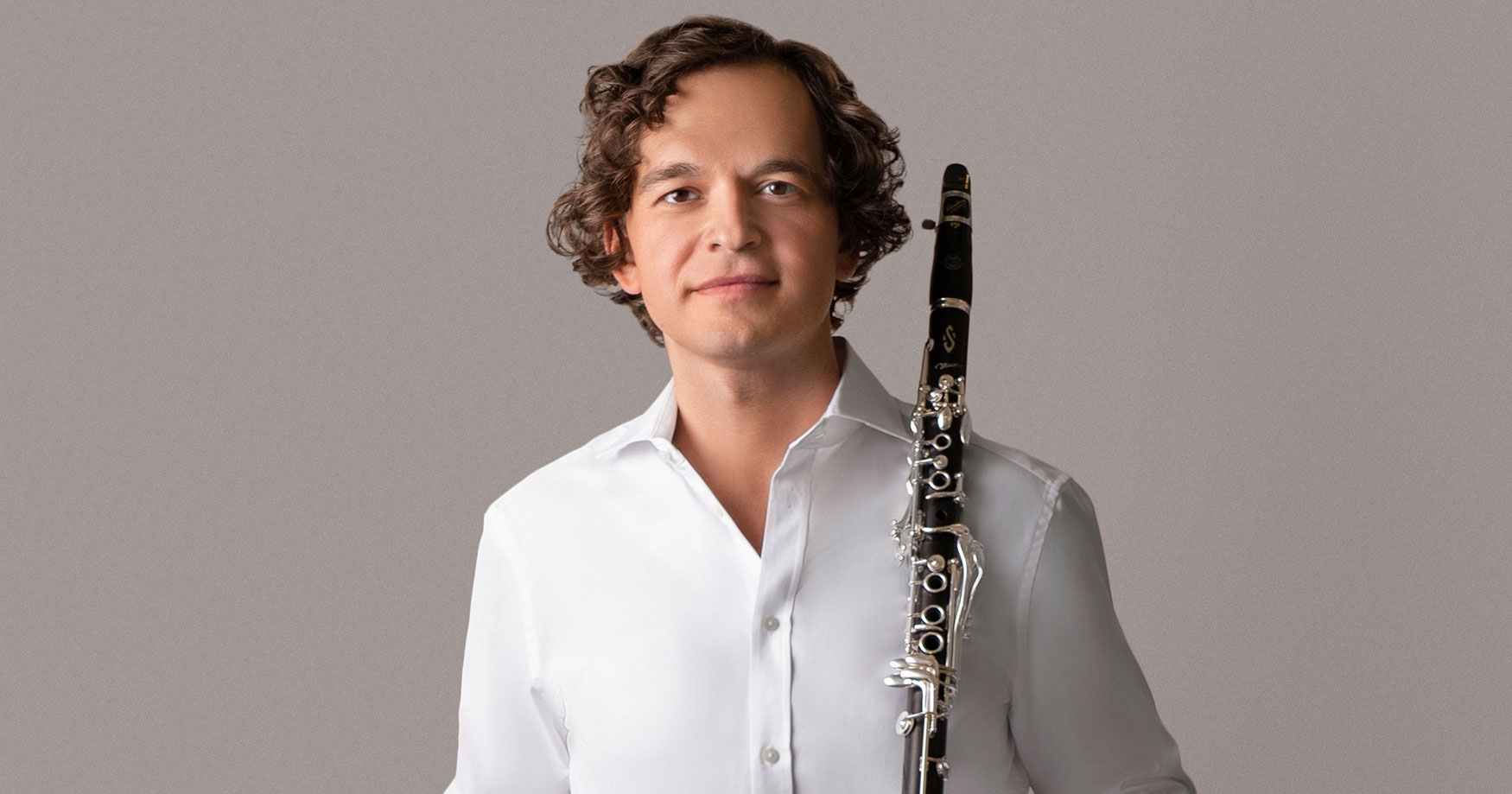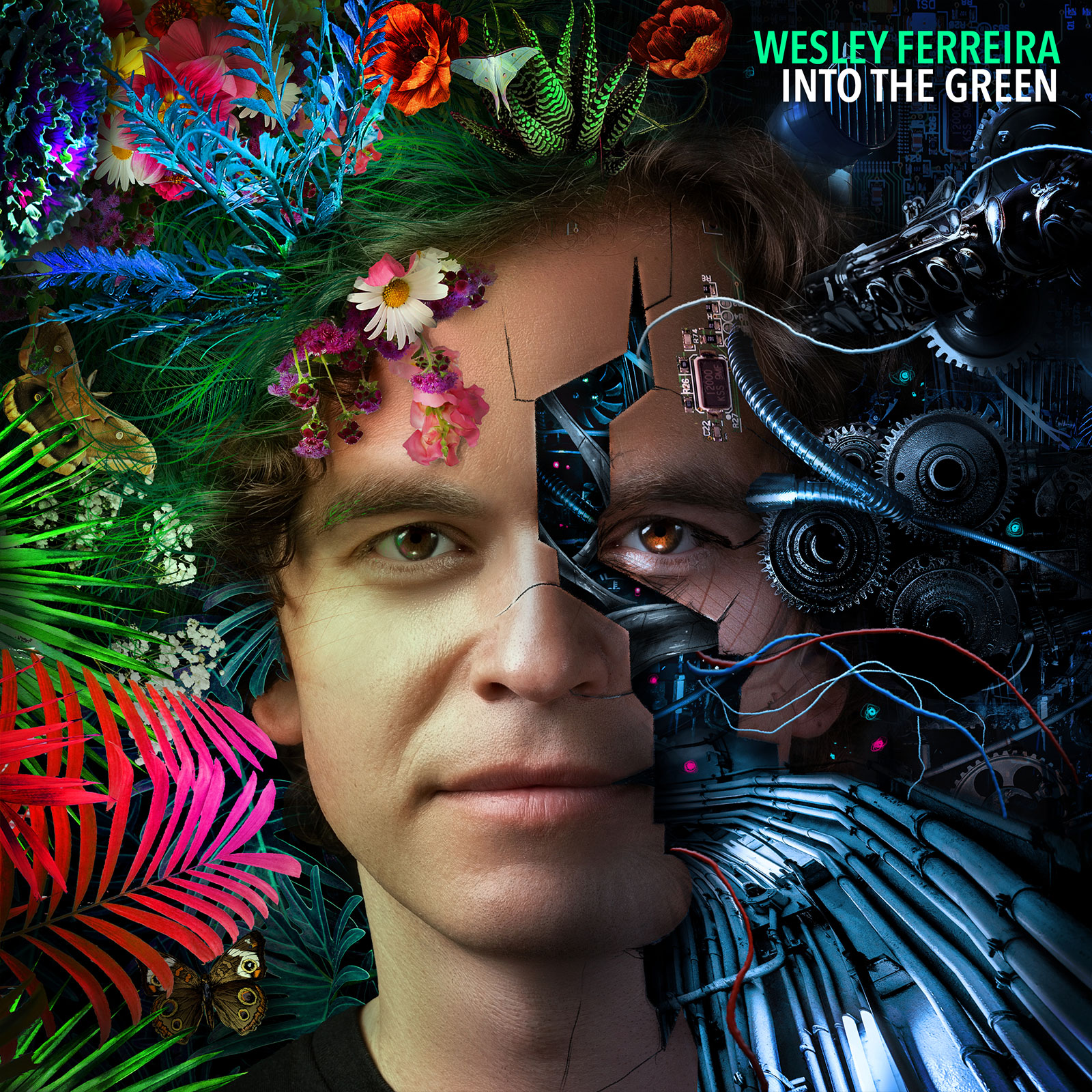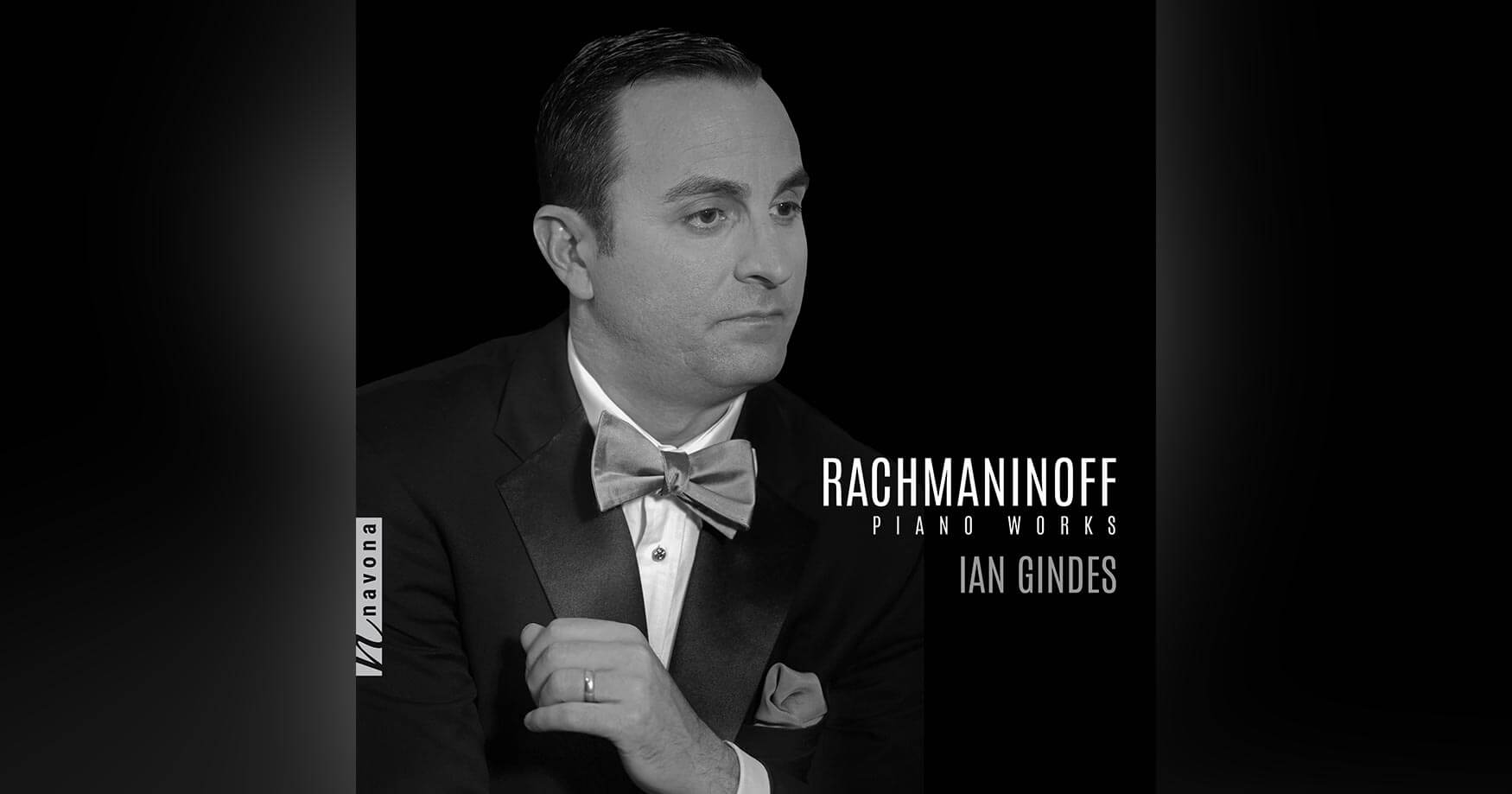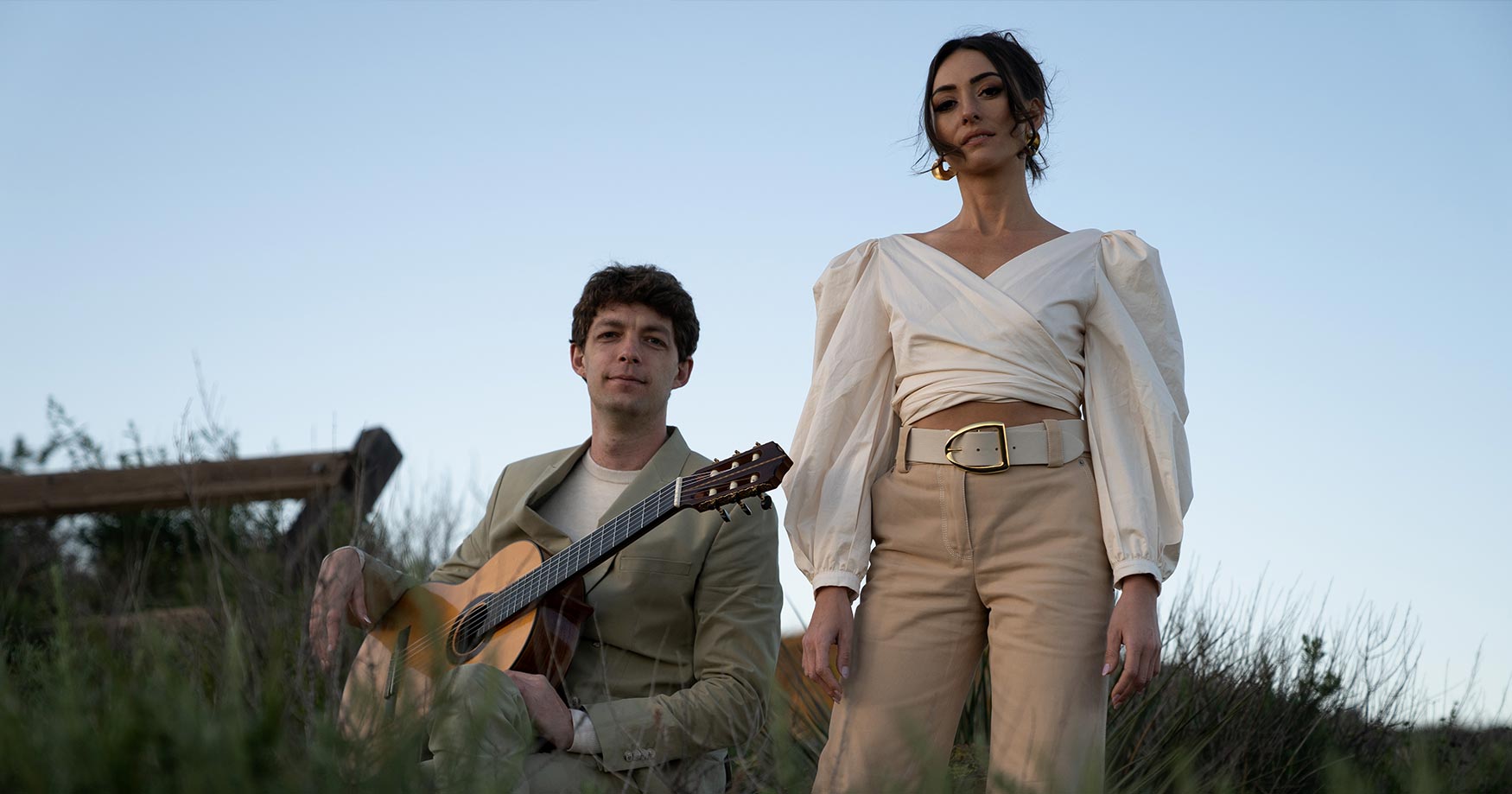On INTO THE GREEN, clarinetist Wesley Ferreira takes listeners on an aural journey through a world of musical possibilities where digital and analog become one. In doing so, Ferreira and the featured composers create a sense of old meeting the new, where the lushness and abundance of nature live in harmony with the exciting possibilities of technology.
Today, Wesley is our featured artist in “The Inside Story,” a blog series exploring the inner workings and personalities of our composers and performers. Read on to learn about his unexplainable performance that required him to wear cat ears, and how a loss of control in the Pandemic gave way to his latest release…
When did you realize that you wanted to be an artist?
I decided that I wanted to become a professional musician at age 17. However, it took another 15 years to realize that I wanted to become an artist, and for me to understand the difference. At that point my musical abilities, life experiences, and confidence in myself culminated into a vision of who I wanted to be moving forward. To be an artist is a calling. It’s a way of understanding your place in the world. It requires understanding your own unique voice. I’m fond of that Miles Davis saying: “Man, sometimes it takes you a long time to sound like yourself.”
What was your most unusual performance, or the most embarrassing thing that happened to you during a performance?
My woodwind quintet traveled and performed at a music festival in St. Petersburg Russia in 2017. The festival itself was a great experience. We performed for enthusiastic and knowledgeable audiences and in beautiful performance halls. Everyone who performed at the festival was asked to take part in a final theatrical show, written by a local composer. We were only given a small part to perform on stage and had limited rehearsals. I didn’t understand what the show was about and there was much that was lost in translation. Before walking on stage we were given cat ears to wear on our heads. I found myself on stage, in a foreign country, in the midst of a light show shining in my eyes, wearing cat ears, and not knowing why.
If you could make a living at any job in the world, what would that job be?
I’m not sure this is a real job, but if I could make a living at anything in the world it would be being “a man of leisure.” I’d be good at it! I’d have the money, flexibility, and time to get into things that I’m curious about, to travel, to be creative in a variety of musical and artistic ways, and to be social in a way that would be really fulfilling.
If you could instantly have expertise performing one instrument, what instrument would that be?
I would love instant expertise on the cello. It’s an instrument that is at once powerful, sensual, soulful, and exciting. Cellists are always singing through their instruments. I aim for these kinds of expressive qualities on the clarinet.
What does this album mean to you personally?
When the pandemic hit in March 2020, musicians had to face a world where public and private music-making with others was forbidden. With an unknown future ahead, the clarinet, music, nature, my immediate family, and art became my solace. About a month in, I decided to aim towards recording an album of pieces for clarinet alone and clarinet with electronics. It was something that I could control. I spent a lot of time with the works on this album. Some of them allowed me to reach greater heights of technical facility than I had previously. The pandemic also allowed me more time than usual to reflect on each of the works, to connect with what the composers were trying to share. I want to thank Alexey Gorokholinsky, Donald Steven, Nikola Resanovic, Derek Bermel, Gergely Vajda, Fredrik Högberg, and Serban Nichifor for their musical creations. These compositions kept me motivated, they kept me curious, and they kept me company from day to day. This album was recorded in 2020, and it was influenced by all of the happenings of that tumultuous year. It was a year filled with fear, reckoning, chaos, pettiness, reflection, love, understanding, and peace. Two years later following the start of the pandemic, my work was released to the world. This album will always hold a special place for me.
Is there a specific feeling that you would like communicated to audiences in this work?
In this album, we hear the full range of the clarinet’s capabilities from its soothing and “earthy” natural acoustics to a seeming amalgamation with computer-generated sound. As an album developed and recorded during 2020, quite appropriately, pieces which evoke nature and isolated solitude contrast with the wildly bombastic. We hear the past, a world of innocence, once vibrant and colorful, contrasting with a turbulent yet exciting future where technology permeates life and sound. In this way, the album cover is quite reflective of the music. The album’s message is one of hope for a more harmonious future, where lessons learned during an unprecedented global pandemic are carried forward: 1) We must never lose sight of what it means to be a human being of a healthy mind and body. 2) We must strive to live in better harmony with one another and with nature. It’s my hope that as humans we appreciate and celebrate our differences and venture “into the green” to ensure a viable future on a healthy planet earth.
Explore Wesley’s Latest Release
INTO THE GREEN
INTO THE GREEN is available now from Ravello Records. Click here to visit the catalog page and explore this album.
The views and opinions expressed in this post are those of the artist and do not necessarily represent or reflect the views and opinions held by PARMA Recordings LLC and its label imprints, subsidiaries, and affiliates.




